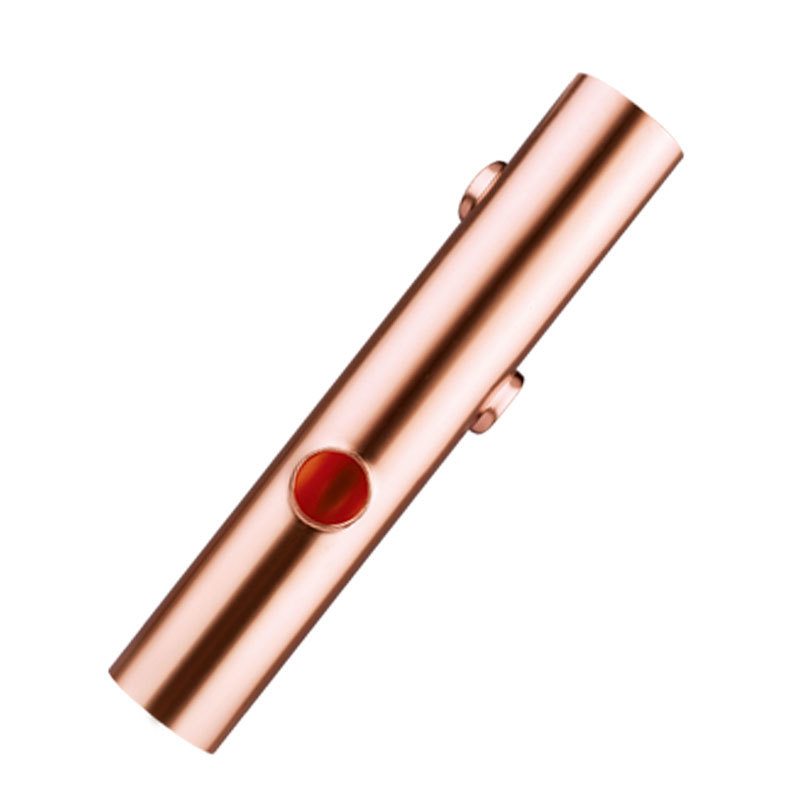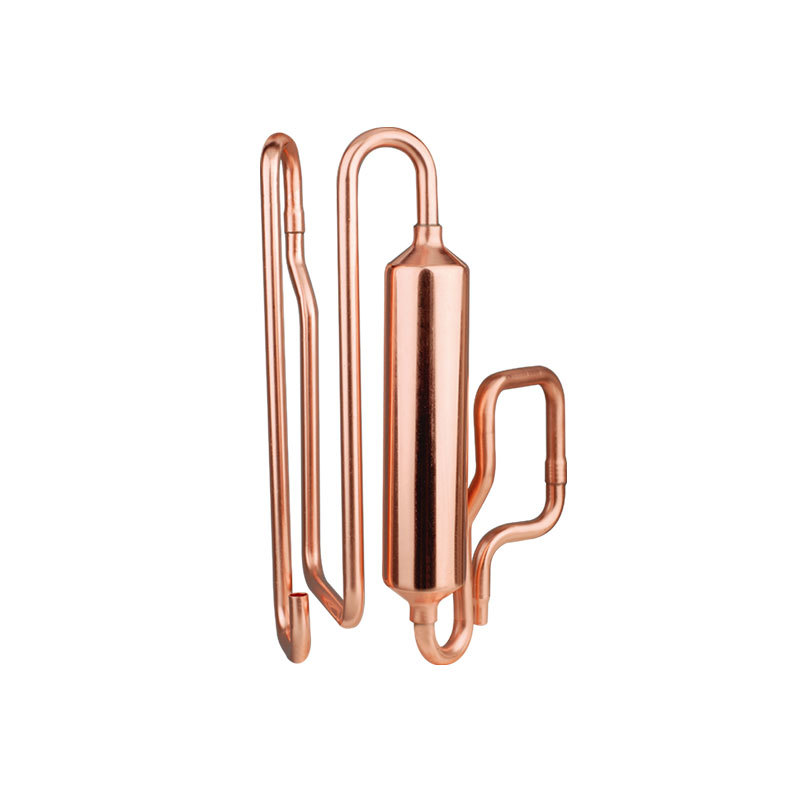What is the difference between a shut-off valve and a gate valve?
The valve is a control component in fluid transport systems, with functions such as cutoff, regulation, diversion, preventing backflow, pressure stabilization, diversion, or overflow relief. The valves used in fluid control systems range from simple shut-off valves to various complex valves used in automatic control systems, with a wide variety of types and specifications.
Shut-off valves, gate valves, butterfly valves, check valves, and ball valves are all indispensable control components in various pipeline systems today. Each type of valve differs in appearance, structure, and even applications. However, shut-off valves and gate valves have some similarities in appearance, and both serve the function of cutoff in pipelines, which can lead to confusion among those who are not familiar with valves. In fact, if you observe carefully, the differences between shut-off valves and gate valves are quite significant.
1. Structure
When selecting valves in situations with limited installation space, attention must be paid. Gate valves can tightly close against the sealing surface relying on the pressure of the medium, thus achieving a non-leak effect. When opening and closing, the valve core and the sealing surface of the valve seat are always in contact and rub against each other, making the sealing surface prone to wear. When the gate valve is close to closing, the pressure difference before and after the pipeline is large, which exacerbates the wear of the sealing surface.
2. Working Principle
When a shut-off valve is opened or closed, it operates with an ascending valve rod, meaning that when the handwheel is turned, the handwheel rotates and moves up and down with the valve rod. In contrast, for a gate valve, turning the handwheel causes the valve rod to move up and down, while the position of the handwheel itself remains unchanged. The flow rates differ; the gate valve requires full open or full close, while the shut-off valve does not. The shut-off valve has specified inlet and outlet directions; the gate valve does not have such requirements.
Additionally, the gate valve can only be in either fully open or fully closed states, with a large stroke for the gate plate's opening and closing, resulting in a long opening and closing time. The stroke of the shut-off valve's plate movement is much smaller, and the plate can stop at a certain position during movement for flow regulation. The gate valve can only be used for cutoff, with no other functions.
The structure of the gate valve is more complex than that of the shut-off valve. In terms of appearance, for the same diameter, the gate valve is taller than the shut-off valve, while the shut-off valve is longer than the gate valve. Additionally, gate valves can have either an exposed rod or a concealed rod, while shut-off valves do not.
3. Performance Differences
The shut-off valve can be used for both cutoff and flow regulation. The fluid resistance of the shut-off valve is relatively large, making it more labor-intensive to open and close, but because the distance between the valve plate and the sealing surface is short, the opening and closing stroke is short.
The gate valve, because it can only be fully open or fully closed, has almost zero flow resistance of the medium in the valve body passage when fully opened, making the opening and closing of the gate valve very effortless, but the distance between the gate plate and the sealing surface is large, resulting in a long opening and closing time.
4. Installation and Flow Direction
The flow direction of the gate valve is effective in both directions, and there are no requirements for inlet and outlet directions during installation, allowing for bidirectional flow of the medium. The shut-off valve, however, must be installed strictly according to the direction indicated by the arrow on the valve body. There is also a clear regulation regarding the inlet and outlet direction of shut-off valves; in China, the valve "three standard provisions" stipulate that the flow direction of shut-off valves must be from top to bottom.
The shut-off valve has a low inlet and high outlet, and from the outside, it is evident that the pipelines are not on the same horizontal line. The flow path of the gate valve is on a horizontal line. The stroke of the gate valve is larger than that of the shut-off valve.
From the perspective of flow resistance, the gate valve has low flow resistance when fully open, while the shut-off valve has high flow resistance. The flow resistance coefficient of a typical gate valve is about 0.08 to 0.12, with low opening and closing force, allowing the medium to flow in both directions. The flow resistance of a typical shut-off valve is 3 to 5 times that of a gate valve (Public Account: Pump Manager). It requires forced closure to achieve sealing during opening and closing; the valve core of the shut-off valve only contacts the sealing surface when fully closed, resulting in minimal wear on the sealing surface. Due to the high flow resistance, attention should be paid to the torque control mechanism adjustment for shut-off valves.
There are two installation methods for shut-off valves. One method allows the medium to enter from below the valve core, which has the advantage that when the valve is closed, the packing is not under pressure, extending the packing's service life, and allowing for packing replacement while the pipeline is under pressure. The disadvantage is that the driving torque of the valve is about twice that of the upper flow method, and the axial force on the valve rod is large, making it prone to bending. Therefore, this method is generally only suitable for small diameter shut-off valves (DN50 and below), while shut-off valves above DN200 typically use the upper flow method. (Electric shut-off valves generally use the upper flow method.) The disadvantages of the upper flow method are exactly the opposite of those of the lower flow method.
5. Sealing
The sealing surface of the shut-off valve is a small trapezoidal side of the valve core (specific shape depends on the valve core), and once the valve core falls off, it is equivalent to the valve being closed (if the pressure difference is large, it may not close tightly, but the backflow prevention effect is still good). The gate valve seals by relying on the side of the gate plate of the valve core, and its sealing effect is not as good as that of the shut-off valve. The falling off of the valve core does not equate to the valve being closed as it does with the shut-off valve.
Key words:
Other Information






